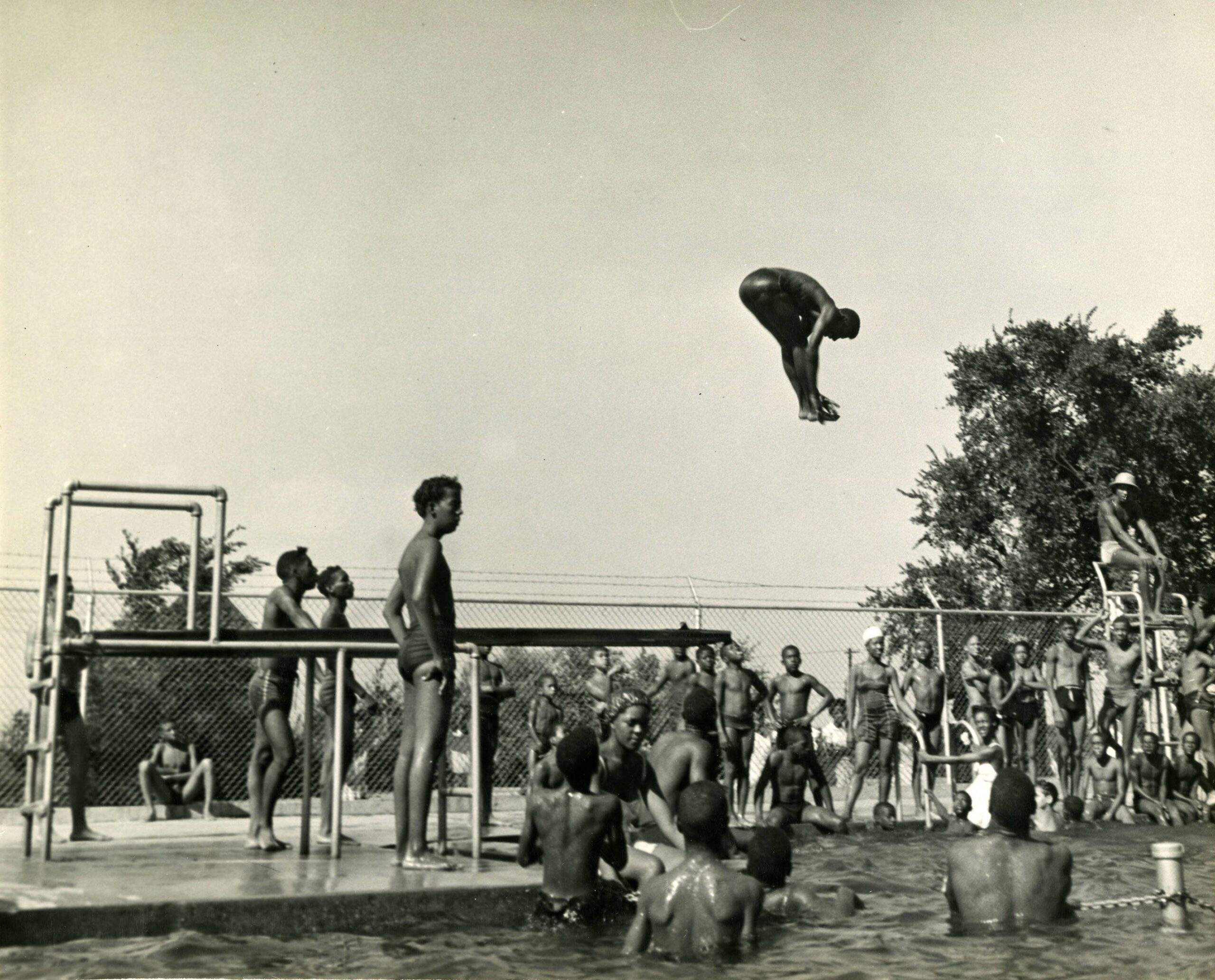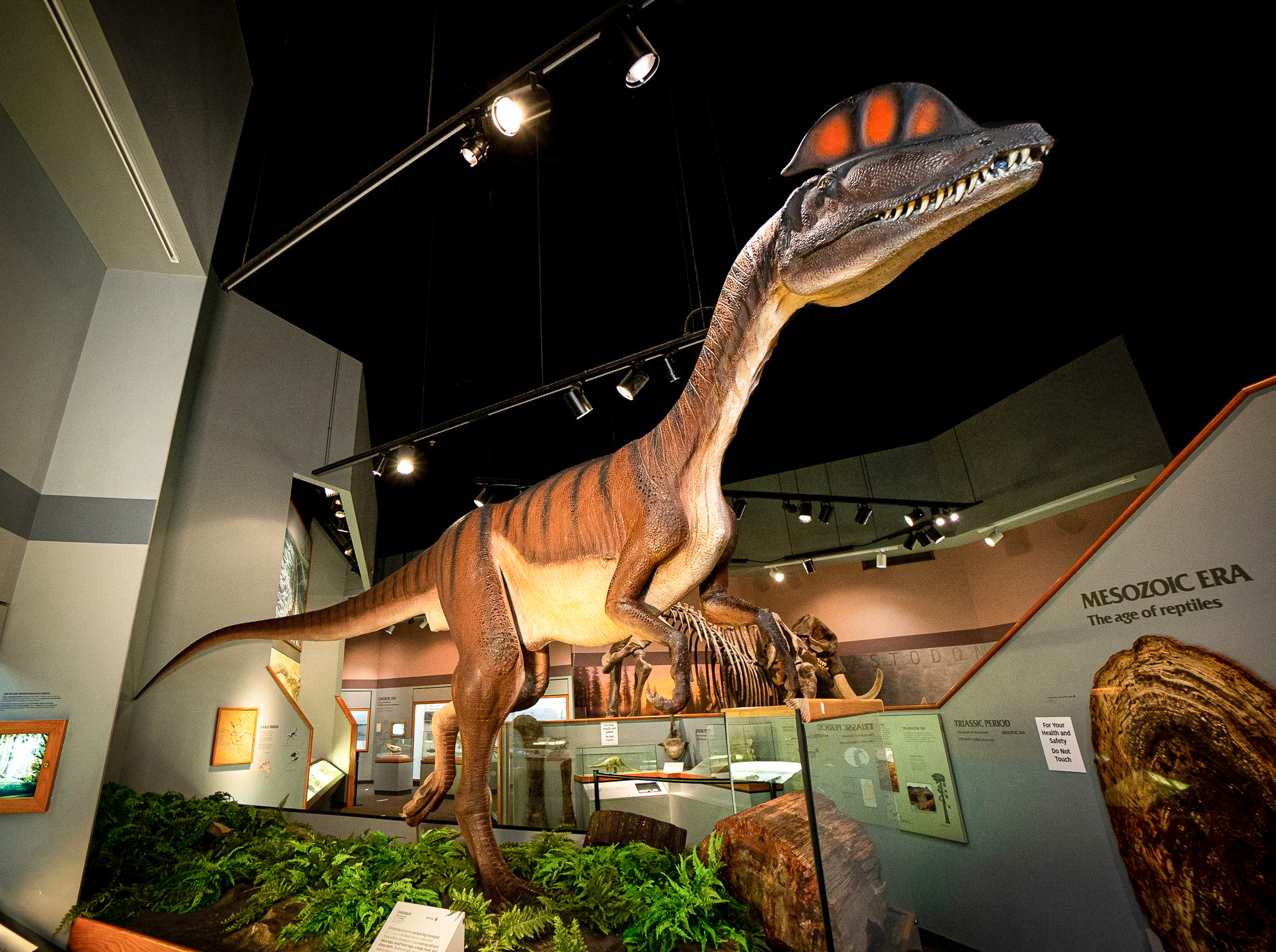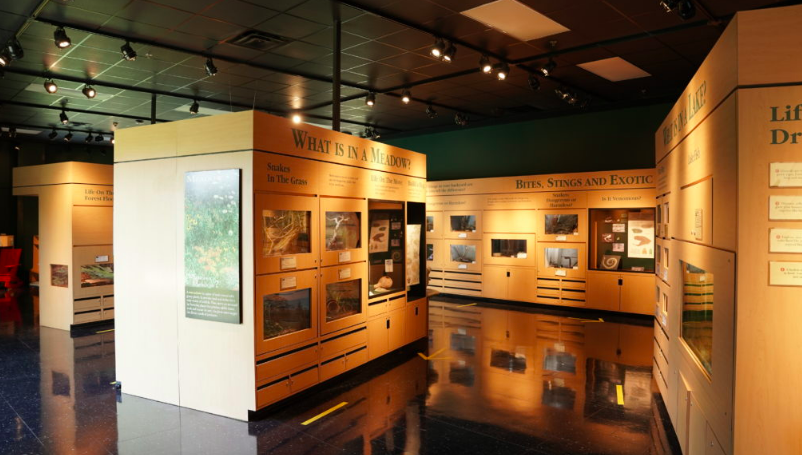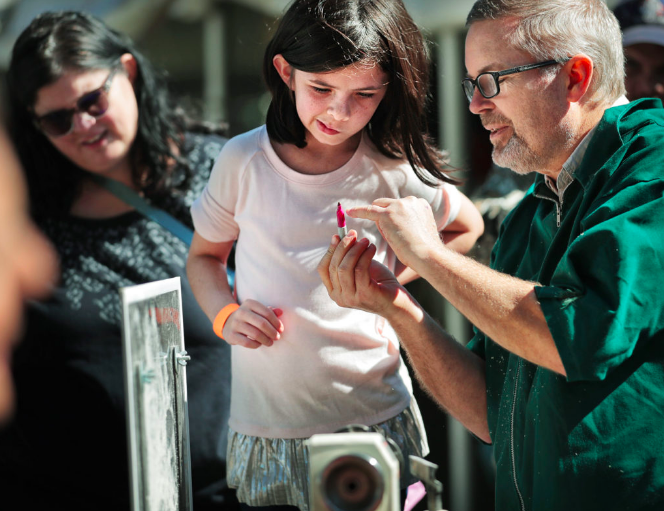A Center of Black Culture & Arts
For many Memphians, Orange Mound is the epitome of a historic black neighborhood, and it is one of the city’s oldest. In its heyday, Orange Mound was a center of black culture and the arts, built around a tight-knit community and a strong middle class. Many commentators compared it to Harlem, a black neighborhood in New York City.
Before the neighborhood was established, the land was part of the Deaderick Plantation, which spanned approximately 5,000 acres and included 25 enslaved black men, women, and children worked on the plantation. On December 18, 1889, white real estate developer Eugene Meacham purchased some of the Deaderick land to develop a subdivision catered toward working-class black families. The subdivision name “Orange Mound” may have been inspired by the Osage orange trees that once dotted the area. Meachem sold lots designed for shotgun-style houses in 1890, a unique venture in the late 19th century that provided an inexpensive opportunity for black home ownership and an alternative to the racism and violence in white neighborhoods. Wendell Payton, a lifelong resident of the neighborhood, described the change and opportunity Orange Mound brought, “Everywhere you look in the city, where you find a lot of black people, they are living in houses that white people moved out of. One of the unique things about Orange Mound is when you look at the entire country, is that every one of these small houses in Orange Mound was built by black people, forming a black community.”
By the 1920s, the number of working professionals in the neighborhood grew to include teachers, doctors, and business owners. The 1930s-1960s were a period of growth. Homeownership rose, thanks to residents’ steady incomes and more professionals moving into the neighborhood. Larger homes were built amongst the shotgun houses. The thriving community gave rise to recreational and entertainment centers. The W.C. Handy Theater and the Esquire Theater showcased theatrical shows, musicians, and cinema. Orange Mound Park was a popular outdoor space with a pool and basketball and tennis courts.
By 1979, 97% of the 8,400 residents were African American. Throughout 1960-1970s, large numbers of the younger residents moved out of Orange Mound to look for better opportunities and left a majority elderly population in their wake. The Orange Mound Senior Citizen Club formed in 1966 to address the needs and concerns of the elderly. Over the years, a lot has changed in Orange Mound. Younger residents continue to move out, abandoning family homes, which contributes to issues of blight. Homeownership has dropped drastically, and most homeowners are elderly. Despite these challenges, Orange Mound remains a tight-knit community of residents who are proud of its legacy and hopeful for its future
From its inception, family, friends, schools, and churches were, and continue to be, at the core of Orange Mound. The first three churches in the neighborhood, Mt. Pisgah CME, Mt. Moriah Baptist, and Beulah Baptist, along with newer churches, continue to be important places of worship, fellowship, and events. Education was a focal point in the neighborhood. Families saw education as the key to opening the door to professional careers and the middle-class. The first school in Orange Mound, a small one-room building on Spottswood Avenue, opened in 1890. Later, in 1914, this school was replaced by a Rosenwald school. In 1938, a Works Project Administration initiative expanded Melrose School into a 79-room K-12 facility on Dallas Street. The new building included labs, a library, a gym, and a music room. By 1972, Melrose High School opened on Deaderick Avenue as a separate building and still serves the community today.
In 2016, former First Lady Michelle Obama nominated Orange Mound for Preserve America Community, a federal initiative supporting and recognizing heritage, community pride and assets, and revitalization. The same year, the Blues City Cultural Center organized Melrose students to host heritage tours of their neighborhood with the help of community elders. Mary Mitchell, a lifelong resident of Orange Mound, has been at the forefront of preserving the neighborhood’s history.
Image courtesy of Memphis Public Library and Information Center.



